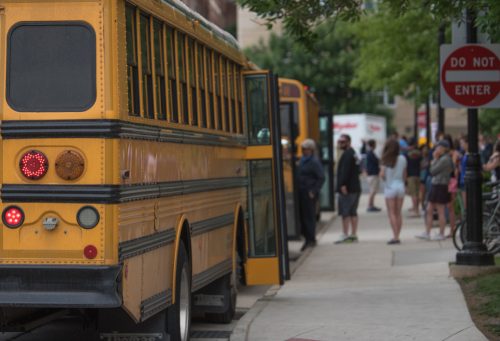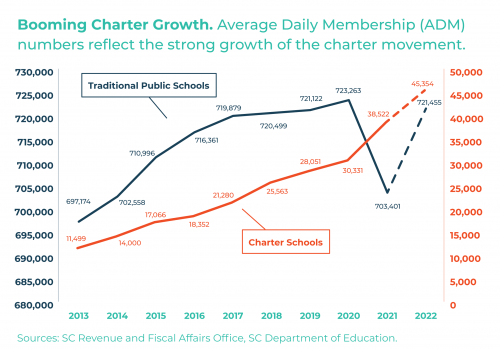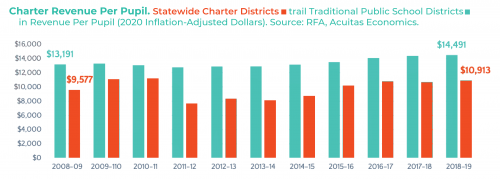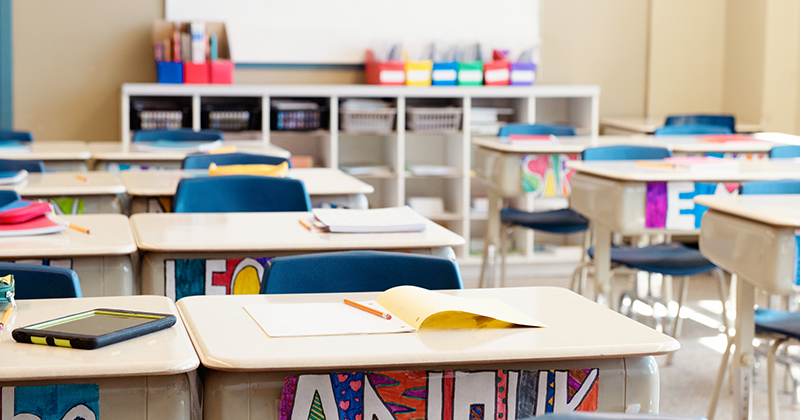New Report: Lessons from 25 Years of Public Charter Schools Ring True (and Familiar)
2021 marks the 25th anniversary of South Carolina’s original public charter school law. This quarter century mark is an important milestone for celebrating past progress, assessing current challenges and opportunities, and casting a bold vision for the future to support innovation and address the needs of charter school students.
A comprehensive new report on charter schools from Palmetto Promise Institute shows that Problem Number One for public charter school students is identical to the most pressing issue that all public school students face: too little connection between their individual needs and the funding their schools receive for them.
For nearly a decade, PPI has been sounding the alarm about how South Carolina’s education funding system results in funding levels that vary dramatically by student and by district. For example, the Education Finance Act’s “Weighted Pupil Units” calculation shows that state and local pupil operational funding ranges from $5,626 in Dillion 3 to $13,895 in Fairfield, although these districts exhibit similar levels of poverty and student performance!
As for statewide charter school districts, total support for these students falls below the state median of $7,288.
Charting the Course: The Future of South Carolina K-12 Education Funding and the accompanying shorter Fast Facts from Palmetto Promise Institute also includes these facts and findings:
Facts
- There are 81 total charter schools in South Carolina. 22 are authorized by local school districts, 33 by the SC Public Charter School District and 26 by the Charter Institute at Erskine.
- There are 5 virtual charters, 4 of which are sponsored by the Charter Institute at Erskine. Approximately 42% of all charter students are enrolled in a virtual charter school (2020-21).
- Public Charter schools now enroll approximately 40,000 students.
- Overall, charter school students account for 5 percent of total public school enrollment in South Carolina.
click to enlarge
Status Checks
- South Carolina’s Byzantine education funding formula results in funding levels that vary dramatically by student and by district.
- Lack of access to designated facility and transportation funding presents a challenge for state authorized charters, cannibalizing precious classroom dollars for buildings and infrastructure. Traditional public schools access the bond market for buildings that are backed by tax dollars.
- The charter movement started slowly in South Carolina but new statewide authorizers have facilitated strong enrollment growth.
click to enlarge
Key Recommendations
- Equalize Funding. Only an Education Finance Act 2.0, outlined in the PPI report, will lay the funding foundation necessary to solve South Carolina’s charter funding equity problem by addressing the needs of all public school students.
- Refresh Statute. Update legal framework to set funding sources in statute, allow non-profit managers, adopt selected recommendations from recent reports.
- Include Facilities. Provide a per-pupil facilities allowance, guarantee equal access to all education capital funding programs, give priority access to surplus school properties, assist charters with enhancing their credit and other access to bond markets.
- Incubate & Replicate. Develop a statewide school incubation plan focusing on the I-95 corridor, encourage businesses to host charter schools, encourage multiple schools to operate under one board, use forthcoming expanded broadband for expanding virtual charters.
- Engage the Public. Educate South Carolina citizens about how charters work and the high level of charter school growth and parent satisfaction.







